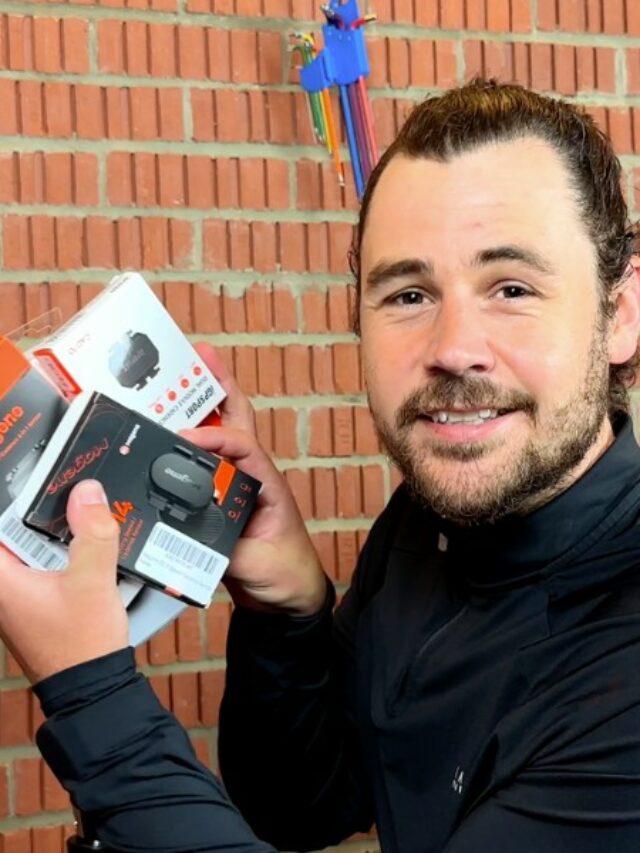
CPT & Indoor Cycling Instructor
Indoor cycling is a huge amount of fun, and in recent years, the number of people doing it has increased significantly. Not only do we have spin and exercise bikes, but we also have indoor smart trainers, meaning you can use outdoor bikes inside.
A question we often get asked here at Girl
- The Different Types Of Indoor
Bike Trainer - What Are You Going To Need To Track Distance?
- Our Step By Step Guide To Track Distance On An Indoor Trainer
- Distance Isn’t Everything
The Different Types Of Indoor Bike Trainers
There are two types of indoor
Smart Trainer
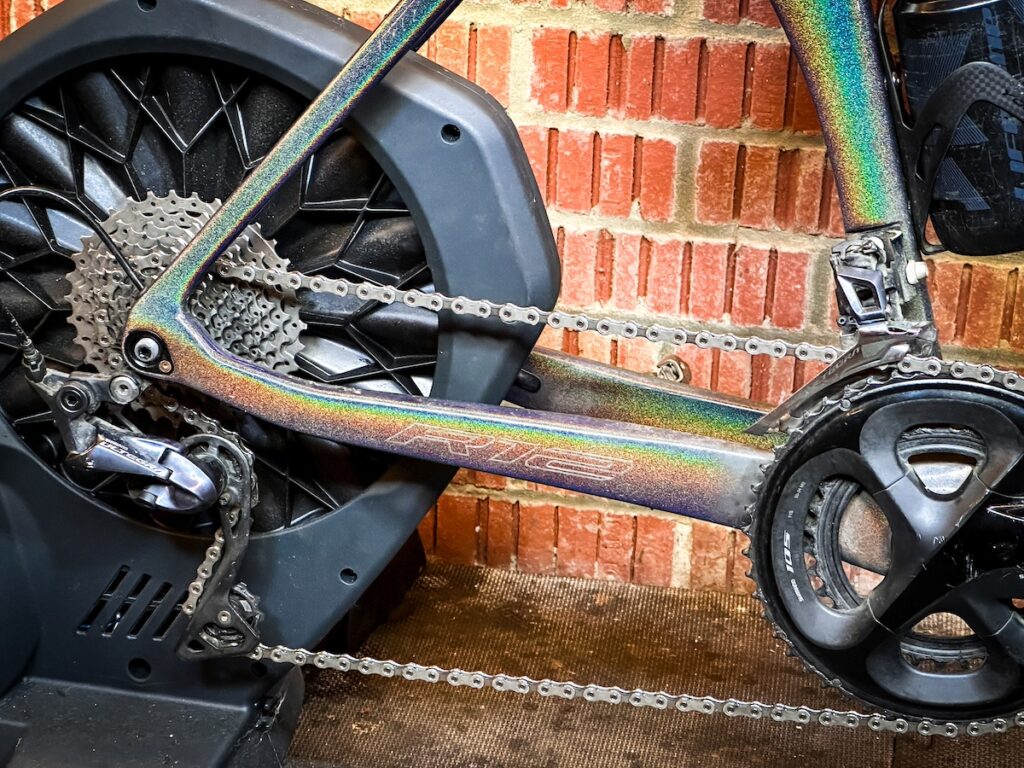
A smart trainer is a trainer that has the ability to track your power, cadence and also connect to outside devices such as tablets, laptops, and even mobile phones. Typically, these come as direct drive trainers, which you remove the wheel of the
Non-Smart Trainer
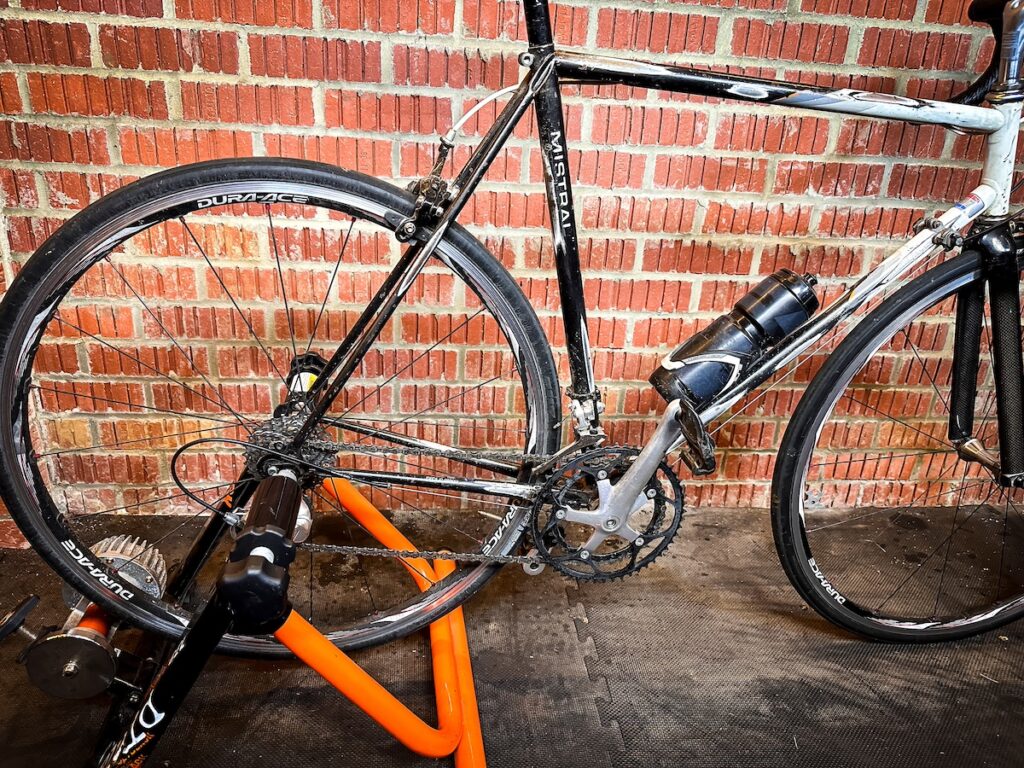
A non-smart trainer is just a basic trainer you put the whole
What Are You Going To Need To Track Distance?
So, if you want to track distance on your indoor
Smart Trainer
- Tablet Or Smart Device
- Application To Track With
- Wifi Connection
Non-Smart Trainer
- Speed Sensor
- Tablet Or Smart Device
- Application To Track With
- Wifi Connection
This will be everything you need. For a better experience, consider a heart rate monitor, power meter, or cadence sensor.
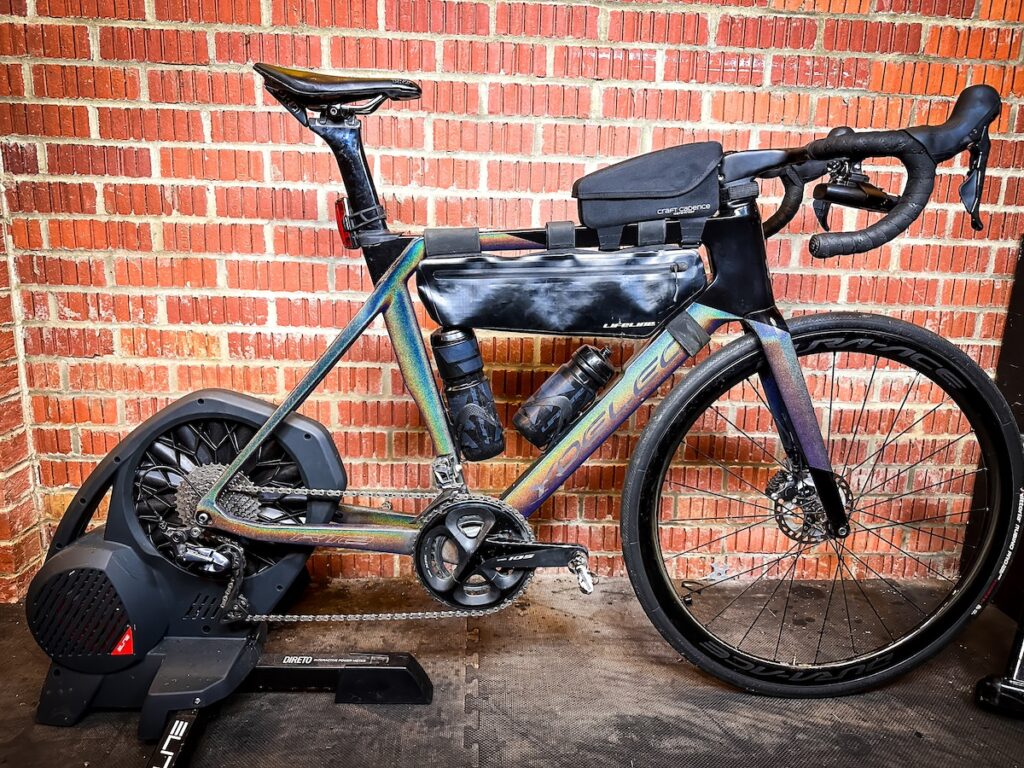
Our Step By Step Guide To Track Distance On An Indoor Trainer
Now for the fun part, let’s teach you how to start tracking distances on your indoor
Step One: Setup The Bike
The first thing you are going to need to do is get the
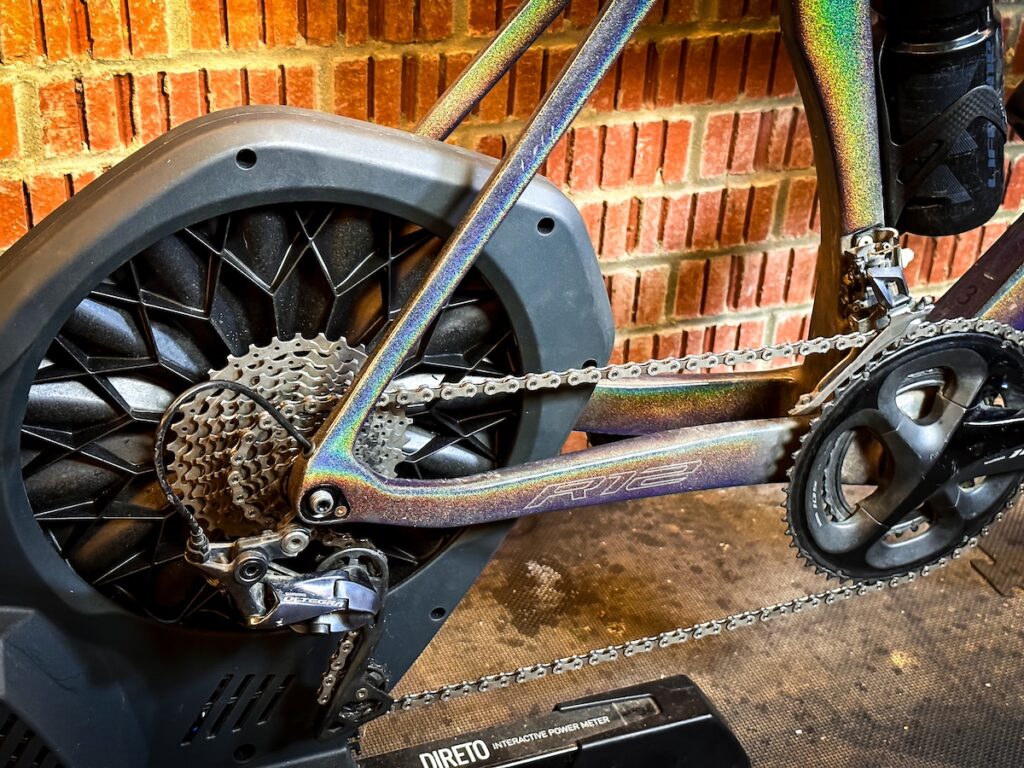
Step Two: Download An Application
The best way to track distance on an indoor
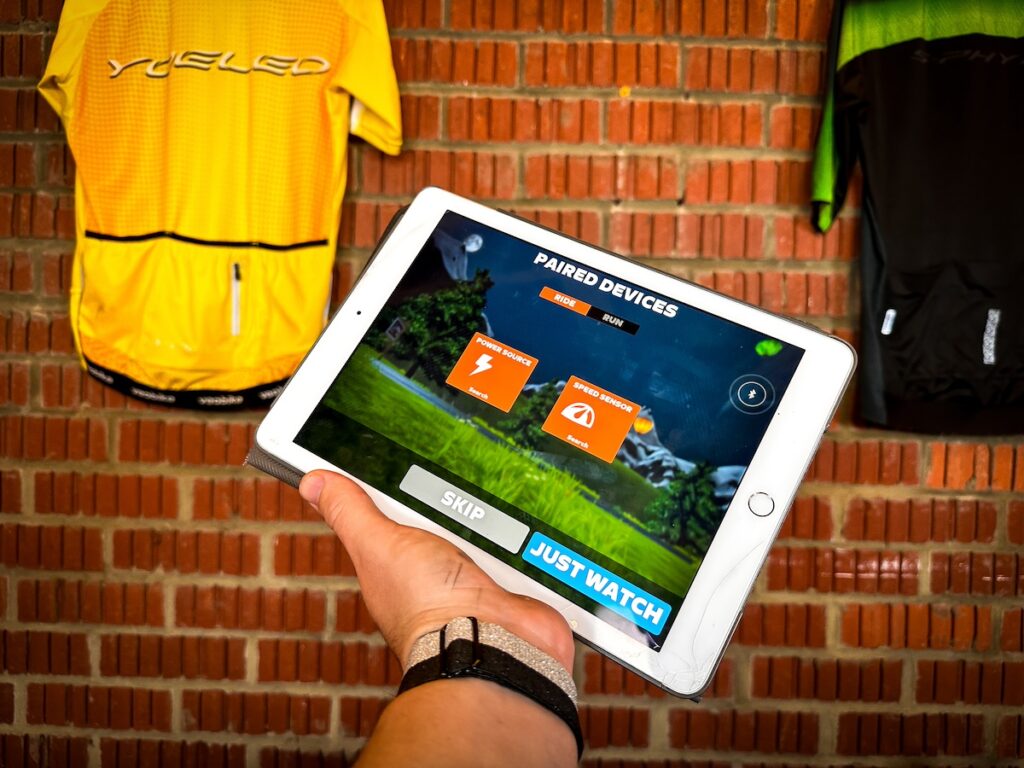
Step Three: Connect To The Application
Next, you are going to need to connect to the application. When starting it up, it will offer you the option to connect via BlueTooth or ANT+. Once this is done, you will be sent to the main screen.
Step Four: Get Riding
Next, you need to get riding, and all the distance information you need will be on the screen. Once you have finished the workout, it will save it on your profile of the application you are using.
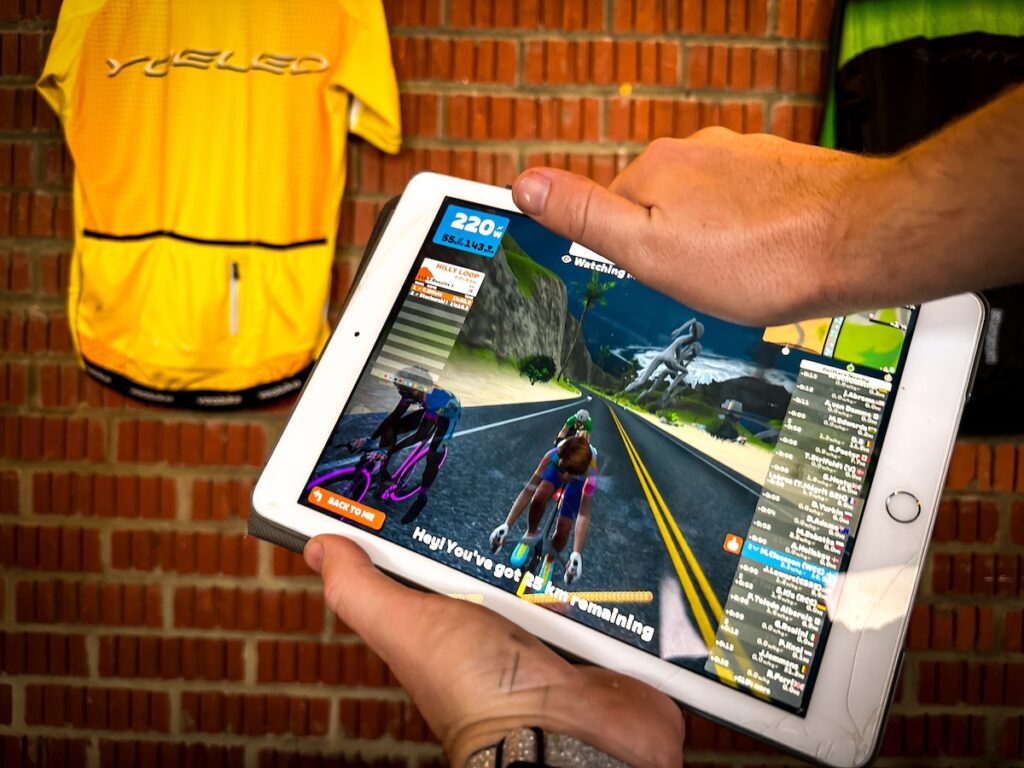
Distance Isn’t Everything
It’s important to understand that distance is not everything, and the metric itself is not the best judge of a workout. The best judge of a workout is duration, heart rate, and power.
Distance, although it will give you a rough idea of how far you have virtually gone, doesn’t take elevation into account, which makes a big difference. 20km up a mountain is very different from 20km down a mountain.
It is much better to judge your workout on duration and a metric of how hard you’re working, such as heart rate or power. This will give you a much better figure and will help you train and see improvements over time.
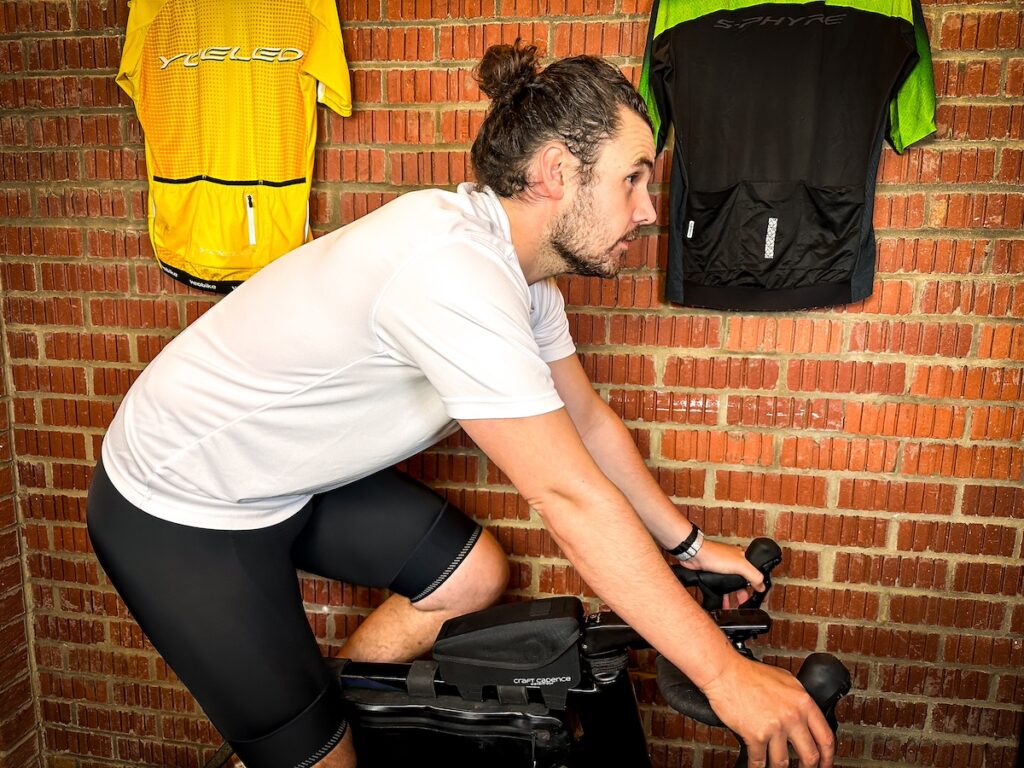
A Final Note
The best way to track distance on your indoor training is to use an application such as Zwift or Rouvy. These will not only tell you the distance but elevation too, and in some cases, power and heart rate. Thanks for taking the time to read our article make sure to check out the Video on the Girl
